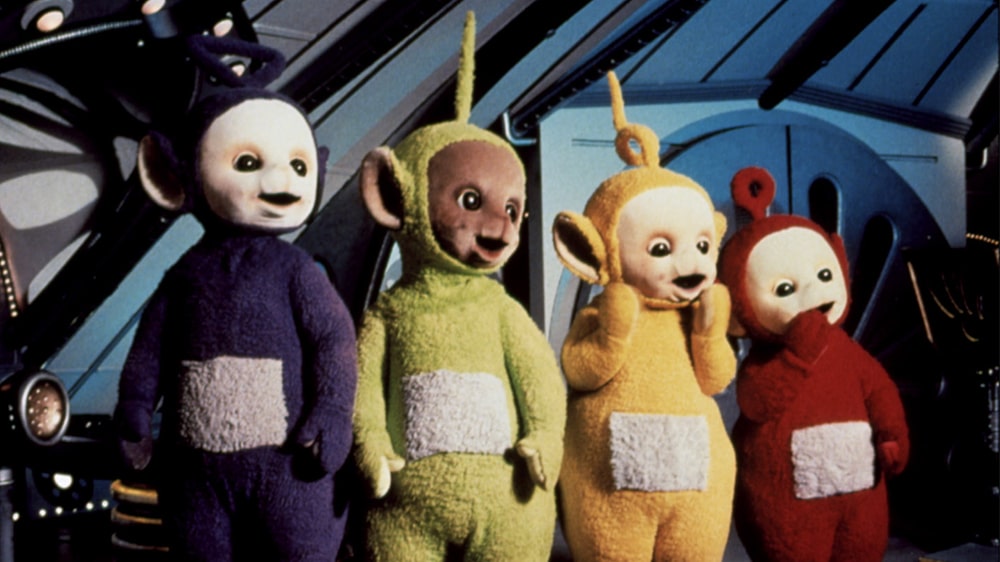Table of Contents
Boyle’s Unpredictable Filmmaking Approach

Danny Boyle brings back 28 Years Later by giving it the same raw, electrifying enthusiasm that one would have working on a debut project, and gives it the same level of confidence and maturity of a filmmaker who is more experienced. He puts to use a wide range of established visual effects and adds extraordinary new styles. In one of the examples, he uses normal iPhone cameras to record the scenes, with the result that each newly-revealed scene becomes a delight for the audience, always keeping them in suspense over the upcoming twists in the story. Over time, the initiator ensured the most unusual and radical approach in terms of delivering The Teletubbies with a disturbing sense solely in its initial part.
According to the plot, resulting in a major problem of a global scale through the issue of a “rage virus” that is impossible to control and totally erases the human race at the end, society was in pieces. Counterintuitively, the plot commences within an environment projecting absolute serenity. We are introduced to a cluster of toddlers seated together, exhibiting outward quietude while engrossed in viewing Teletubbies, establishing an initial facade of normal childhood routine against the backdrop of worldwide collapse.
Subverting Innocence Through Familiar Imagery
These unusual entities are vivid characters with small television screens installed in their stomach areas, only speaking in a happy yet incomprehensible language and showing extreme excitement when eating custard. However, this seemingly harmless scene quickly turns into something else, thus stripping off the safety illusion which actually was only a façade and revealing a situation full of difficulties and dangers.
These youngsters are not enjoying the program voluntarily within a secure play area. Rather, their own mothers and fathers, horrifically transformed by the virulent infection, deliberately imprisoned them inside this space. Concurrently, Boyle’s cinematography steadily intensifies its focus on the juveniles’ countenances, laying bare their consuming fright; visible trails of moisture track down their faces while audible distress echoes from the lower floor.
Escalating Auditory Horror and Physical Cinematography
Simultaneously, the increasingly hysterical, terror-stricken screams originating from their afflicted caregivers downstairs issue urgent, repeated commands demanding they never exit the chamber, regardless of any disturbing commotion occurring beyond the door. Additionally, the operator maneuvers the unsteady camera lens even closer onto the kids’ frozen, wide-eyed visages, the apparatus itself vibrating perceptibly as brutal, chaotic conflict violently erupts directly beneath their fragile sanctuary.
Struggling to dissociate mentally from the encroaching horror just outside, the children attempt intense concentration on the broadcasted Teletubbies segment, depicting the oblivious, jovial figures gamboling harmlessly across a vividly illuminated, grassy expanse. The point is, most of the movie viewers right away are going to correlate the bulky figures with beloved symbols from their childhood or their children’s initial period of life. Consequently, the drawing immediately recalls a mighty atmosphere of a quiet place, standing for deep-seated refuge, support, and unity. The series, in this way, is a vivid example of how to evoke collective memory in the pure and most advantageous way, acting as an affective conduit that directly takes the audience back to those uniquely calming, secure feelings that are inbuilt in early life experience.
The Illusion of Sanctuary
The Teletubbies are classified in the pop culture genre as the all-time secure and the happiest spot for young viewers due to their colorful world of gentle nonsense and predictable happiness. Accordingly, showing that the symbol of childhood security is contrasted directly with the furious, infected zombies that are lurking just downstairs is a deeply distressing and disturbing image. Moreover, the sheer ordinariness of the scene makes the horror even greater; it is just some little innocent kids watching the The Teletubbies! The very familiar setting offers a natural anticipation and a desperate hope that within the audience that these totally innocent children will not be affected by the terrible situation happening just below them.
However, director Danny Boyle swiftly and ruthlessly shatters this fragile hope. He purposefully dispels the comforting, pleasant feeling of shared nostalgia from the atmosphere, making us feel scared and full of disquiet. From the fainthearted kids who fight hard not to pay attention to the screen to those who are desperately seeking a way out in their own mind, the only thing that was left for them – the wall between madness and tranquility is brought down. The door of the bedroom gets smashed open with great force, and the kids get the scare of their lives from their own parents, who have completely mutated into growling, agitated, and frantic zombies.
False Hope on Screen

Seemingly at the same instant, the place gets swarmed with the harmful, scared screams and distressing calls from the kids. Unluckily, the kids’ fears are no match for the infected intruder’s huge strength and unbeatable ferociousness. The zombie aggressively descends upon them. Thankfully, at this critical, horrifying moment, Boyle makes a deliberate directorial choice to spare the audience the full visual atrocity of a child being killed on screen. Instead, while the awful sounds of the attack continue, our focus is abruptly pulled away.
Our attention is sharply redirected back to the television screen. There, the Teletubbies continue their oblivious broadcast, still giggling with pure, carefree abandon, radiating boundless hope as they happily strut along the impossibly green, sun-drenched hills. This jarring cut creates a powerful, sickening juxtaposition. A profound sense of unlimited, uncomplicated joy visibly emanates from the bright, cheerful images filling the screen within the film’s world.
Impossible Joy Amidst Carnage
Yet, crucially, that infectious televised joy becomes completely impossible for the audience to feel while watching 28 Years Later. Our ears remain filled with the horrific, unmistakable soundscape of children being attacked and devoured just off-screen by the infected monsters. The sickening audio details – bones crunching under pressure, flesh tearing, blood spurting – leave absolutely nothing to the imagination regarding the brutality occurring just beyond our view. This spectacular, dreadful sound design immediately and once and for all sets the brutal and unsympathetic character of the movie; it makes the scary rule very simple: if you confront these extremely angry animals, be sure that nobody, no matter the age or innocence, can escape.
Most importantly, below the ear-splitting, physical sounds of ruthless violence and gory swallowing, wherein the audience can still slightly hear the sweet, happy voices and nonsensical chatter of the Teletubbies program being broadcast. This constant audio layer, the unsettling memory of childhood innocence and security, irritates excruciatingly against the grim scenario, thus giving a unique and shiver-inducing cinematic moment that will linger vividly in the mind long after the screen is gone.



